PROVINCETOWN — The little chickens sitting on small soccer balls like round yellow eggs flew into a frenzy at the chirp of a neon whistle.
They ran around, sometimes kicking a ball and sometimes kicking each other, as their fill-in coach, Ricardo Ramos Rios, and their parents and grandparents proffered encouragement, high-fives, water bottles, and snacks. There were tears and triumphs, cartwheel contests and nose-picking.
For two hours on the afternoon of Sept. 30, kids in orange-and-blue uniforms emblazoned with a yellow lion motif played Tiny Tyke soccer on Motta Field in Provincetown. They come here each Monday after school, lugging backpacks and siblings, for a soccer program put on by the town’s recreation dept. in collaboration with the national soccer company Challenger Sports.
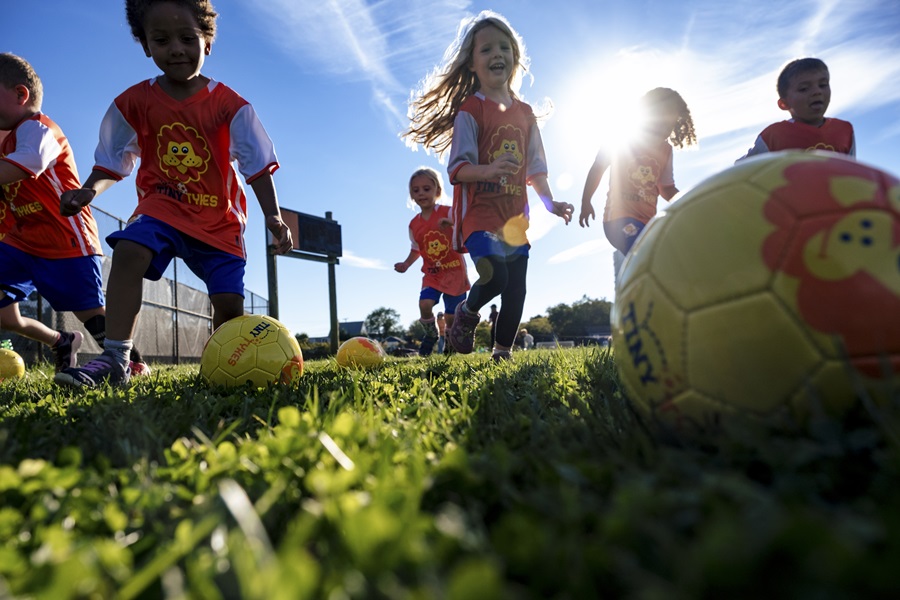
Each session has a theme, from farmyard to outer space to superheroes to dinosaurs. Monday’s practice was pirate-themed. To capture the kids’ imaginations, the practice starts with a story based on the theme, said head coach Chip Sallay. “The sillier, the better,” he said.
The soccer, in principle and in practice, was two different sports depending on whether you’re talking about the first 45-minute session, which is for three- and four-year-olds, or the second, for five- and six-year-olds.
Still, in both groups, the kids and Rios used games and stories to transform the grassy field into a makeshift treasure island on Monday. The pirates might only be knee-high, but they were intimidating en masse, especially when using the field boundary marker cones as hats and weapons.
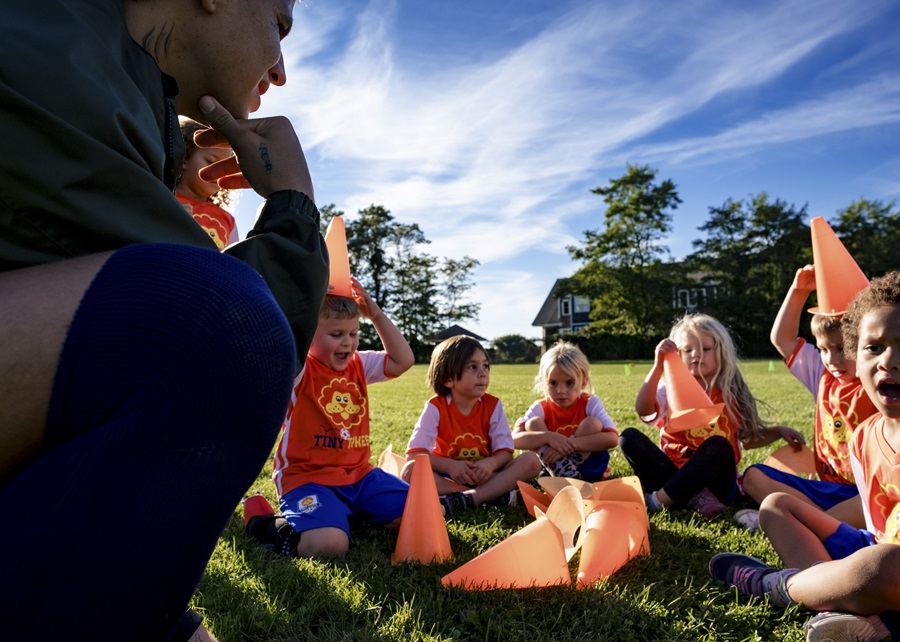
The chaos on the field made few actual soccer rules applicable. It’s like the madman theory: in the absence of knowing what the players will say or do, the adults must stay watchful. Just as the scrum seemed to be headed in one direction, it swarmed you from behind.
“This is just a mess,” one grandmother said, trying to extract one small blond child from another he had tackled.
Within that scrum there was the range of human emotion in miniature: salt-streaked cheeks, furrowed brows, fists on hips, high-pitched peals, and open mouths directed in wonder or confusion at the sky or at Rios, the towering and patient shepherd, known on the field as “Coach Ricky.”
After blowing the whistle again, Rios led both sessions through warmup exercises: flamingo walks, bear crawls, jumping jacks, and toe taps.
“I don’t even know where I’m going!” said Mila Davies as she crab-walked backward between a set of green cones.
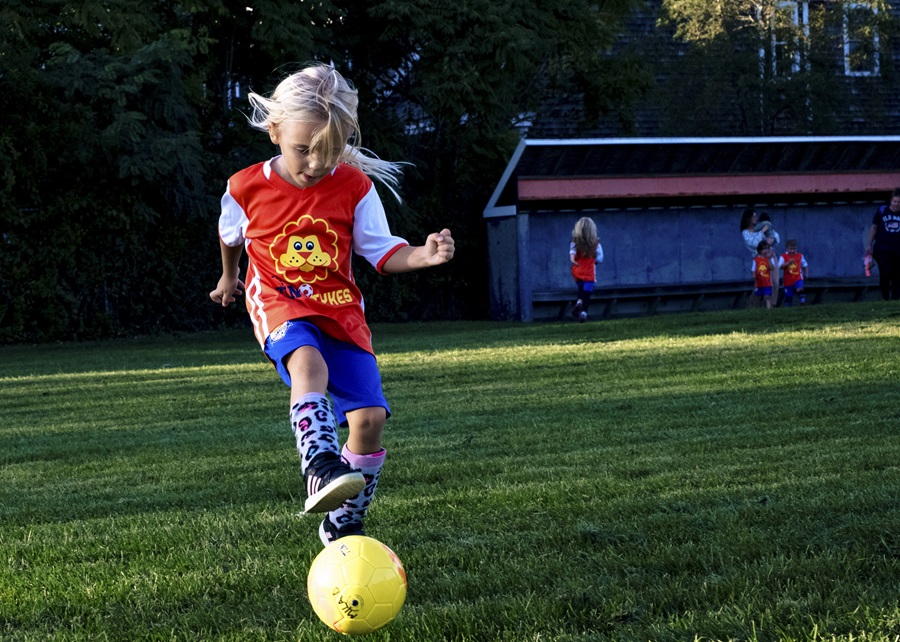
After that, each group moved on to dribbling drills that Rios framed as treasure hunts and island explorations.
“Let’s go!” screamed Juniper Waldo as Rios directed the group to dribble to red, green, and orange circles of cones spaced out around the field.
Another drill involved dribbling the ball to a cone, grabbing the cone, flipping it upside down, and putting the ball on top like a scoop of ice cream.
“This one is vanilla!” said Bubba Schiffer-Kehou as he handed the abstract sculpture to the coach. Other kids called out their flavors as they bestowed them on Rios, who pretended to eat them: chocolate, coffee, banana, bubblegum, and sour sherbet.
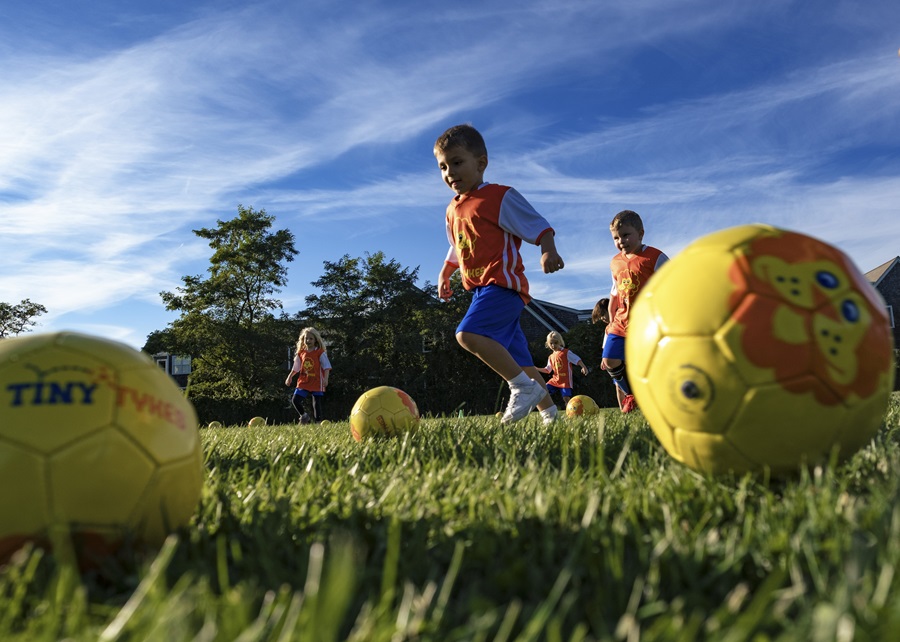
“Bring it in! Bring it in! Bring it in!” Rios called out, aided by his whistle, to redirect the group’s attention when kids got chatty or distracted. An inquiry into whose ball was whose was repeated a half dozen times, with kids deciphering names inscribed in thick Sharpie on each one.
The groups also made attempts to remember that soccer does not permit balls to be carried across the field by hand, but there were some lapses and regulatory violations.
Rios relied on this repeated reminder: “No hands! No hands! Go get treasure!”
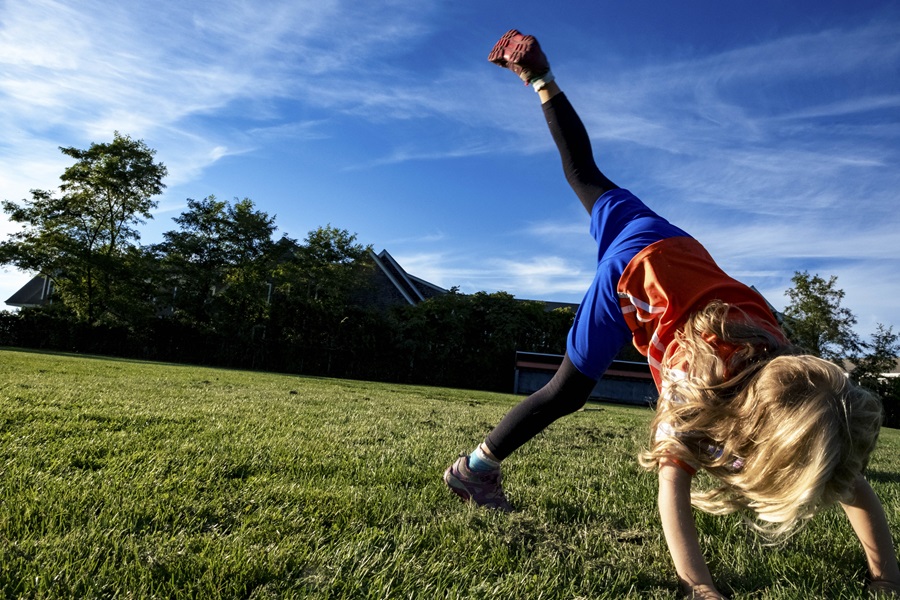
At any given moment, at least one child, but usually three or more, was on the ground, having tumbled after a big kick or an innocent elbow. Or they were in the grass of their own volition, overwhelmed by fatigue or meditative insight.
There were moments when soccer was played in earnest. It was more common among the older children who gave a scrimmage their best effort.
“Soccer slam!” Aliyah Scheirer cheered after she scored a goal. She promptly fell down while running to the other end of the field. As a troupe of kids ran past, one child achieved a crow pose that would put local yogis to shame. Another, Corey Mims Sparks, grabbed a stack of green cones and put them on his outstretched arm. “I’m a transformer,” he said, pointing his new limb toward something the adults couldn’t see.
When chaos teetered on the brink of no return, water breaks were used to reset the session. They occurred, on average, every five minutes.
“I got the rhythm to keep their attention in a short period of time,” said Rios. “They don’t understand soccer, but through adventure and fun, they acquire the skills.”



